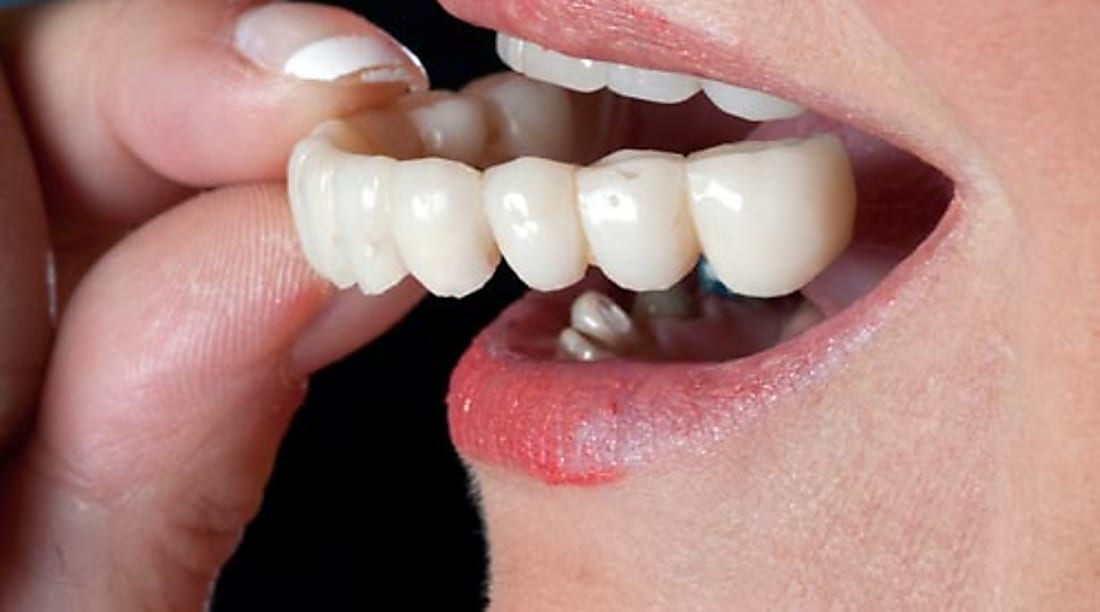What Are Screwless Dental Implants, And How Much Do They Cost?
Screwless dental implants represent an innovative approach to tooth replacement that eliminates the need for traditional screws to secure the crown to the implant post. This technology uses alternative attachment methods such as cement bonding or friction-fit connections, potentially offering advantages for certain patients, particularly elderly individuals who may have concerns about implant maintenance or complications. Understanding the costs, benefits, and suitability of screwless implants can help patients make informed decisions about their dental restoration options.

Screwless dental implants offer a modern alternative to traditional implant systems, using innovative attachment methods that eliminate the need for screws to connect the crown to the implant post. These systems rely on cement bonding, friction-fit connections, or other mechanical retention methods to secure the prosthetic tooth in place.
Understanding Screwless Dental Implant Technology
Screwless dental implants function through various attachment mechanisms that create a secure connection between the implant post and the crown without traditional screw retention. The most common methods include cement-retained crowns, where dental cement bonds the crown directly to the abutment, and friction-fit systems that use precise engineering to create a tight mechanical connection. These systems can reduce the risk of screw loosening, a common issue with traditional implants, and may provide better aesthetics by eliminating screw access holes in the crown.
Benefits for Elderly Patients
Screwless implants for elderly patients offer several advantages that make them particularly suitable for this demographic. The elimination of screws reduces the complexity of maintenance, as there are no screw access holes that can collect food debris or require special cleaning techniques. This simplified maintenance routine can be especially beneficial for elderly patients who may have limited dexterity or cognitive concerns. Additionally, the reduced number of components can potentially decrease the likelihood of mechanical complications over time.
How Screwless Systems Compare to Traditional Implants
When comparing screwless dental implants to traditional screw-retained systems, several factors come into play. Screwless systems often provide better aesthetic outcomes since there are no visible screw access holes, even in areas where the crown might be thin. However, traditional screw-retained implants offer easier retrievability for maintenance or repair, as the crown can be removed by simply unscrewing it. Screwless systems may require crown destruction for removal, which can increase long-term maintenance costs.
Complete Mouth Restoration Options
For patients considering full mouth restoration, screwless implant systems can be incorporated into comprehensive treatment plans. A full set of teeth implants typically involves placing multiple implants throughout the mouth to support either individual crowns or implant-supported bridges and dentures. The choice between screwless and traditional systems for full mouth restoration depends on factors such as bone quality, aesthetic requirements, and long-term maintenance considerations.
Cost Analysis and Provider Comparison
The cost of screwless dental implants varies significantly based on location, provider expertise, and specific system used. Understanding these cost factors helps patients budget appropriately for their treatment.
| Provider Type | Screwless Implant Cost | Full Set Cost Range | Key Features |
|---|---|---|---|
| Specialist Periodontist | $3,500-$5,500 per implant | $28,000-$44,000 | Advanced training, surgical expertise |
| Oral Surgeon | $3,200-$5,000 per implant | $25,600-$40,000 | Surgical focus, complex cases |
| General Dentist | $2,800-$4,200 per implant | $22,400-$33,600 | Comprehensive care, routine cases |
| Dental Schools | $2,000-$3,500 per implant | $16,000-$28,000 | Supervised treatment, reduced costs |
Prices, rates, or cost estimates mentioned in this article are based on the latest available information but may change over time. Independent research is advised before making financial decisions.
Factors Affecting Treatment Costs
Several factors influence the overall cost of screwless dental implants beyond the basic implant fee. Geographic location plays a significant role, with urban areas typically commanding higher prices than rural locations. The complexity of the case, including bone grafting requirements, sinus lifts, or other preparatory procedures, can substantially increase costs. Additionally, the specific brand and type of screwless system chosen may affect pricing, as newer or more advanced technologies often carry premium costs.
Screwless dental implants represent a valuable option for patients seeking tooth replacement, particularly those who prioritize aesthetics and simplified maintenance. While costs may be comparable to or slightly higher than traditional implants, the potential benefits in terms of appearance and long-term care make them worth considering. Patients should consult with qualified dental professionals to determine if screwless implants are appropriate for their specific situation and to obtain accurate cost estimates based on their individual treatment needs.




